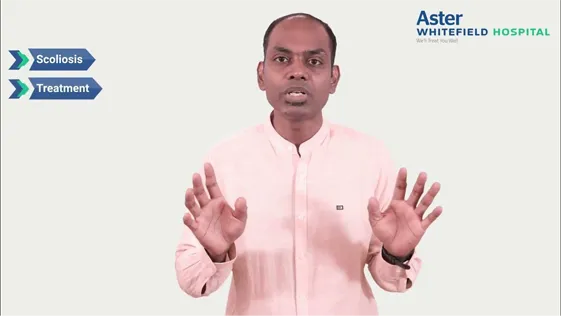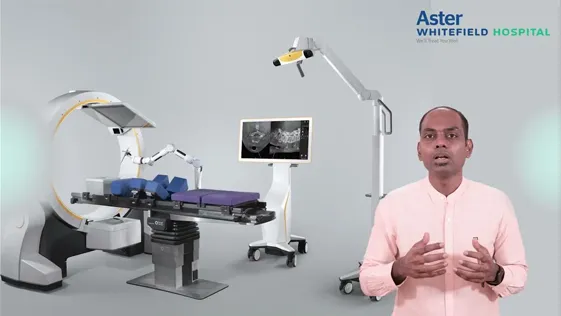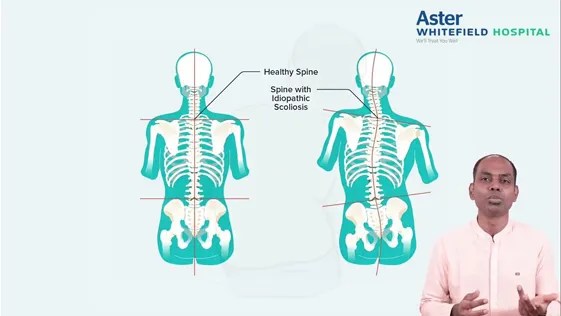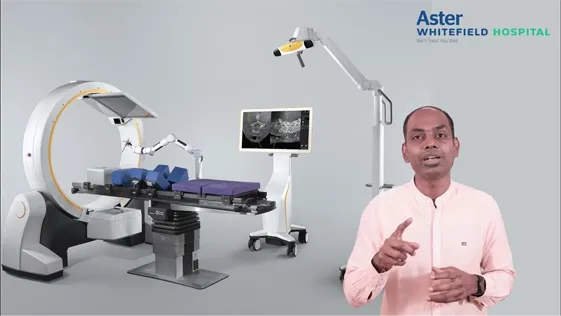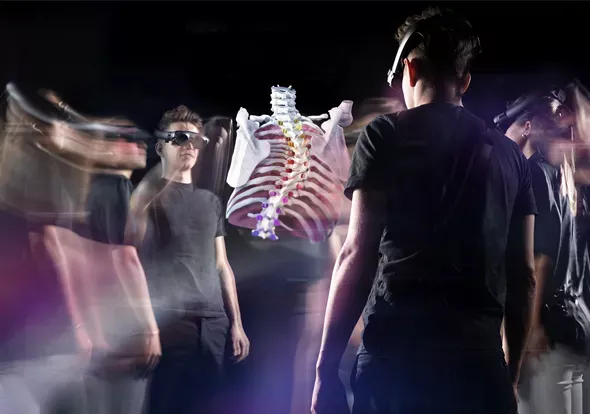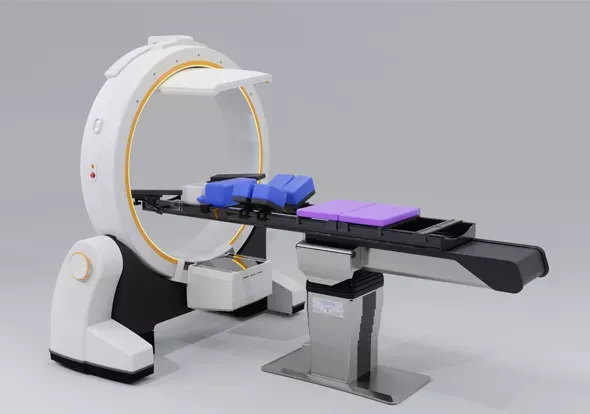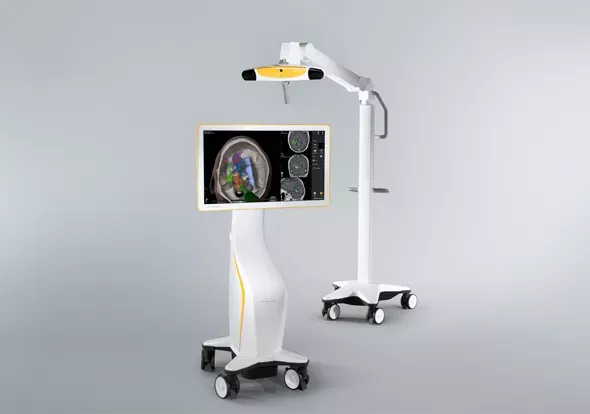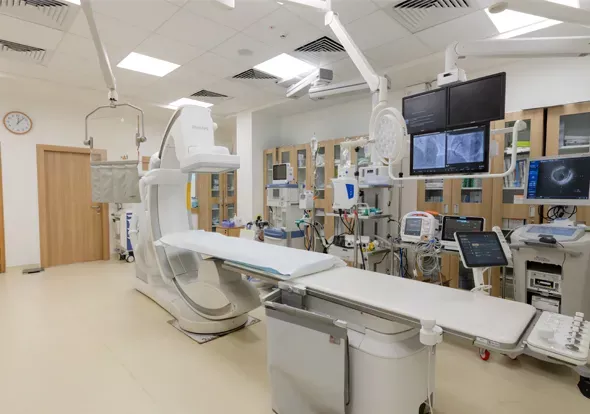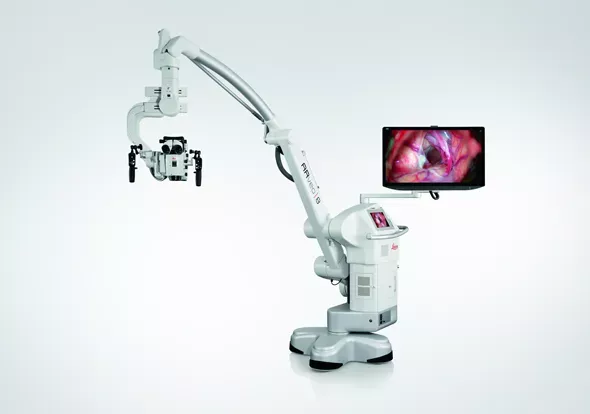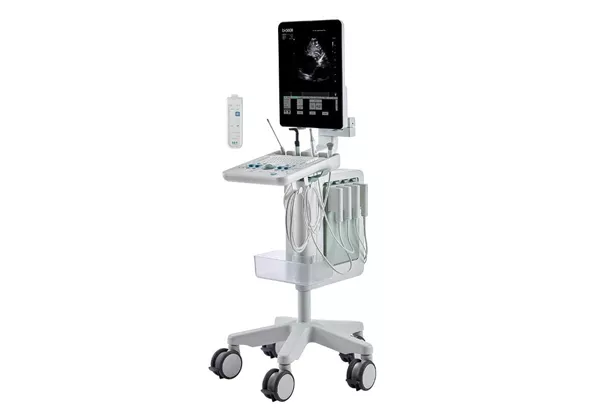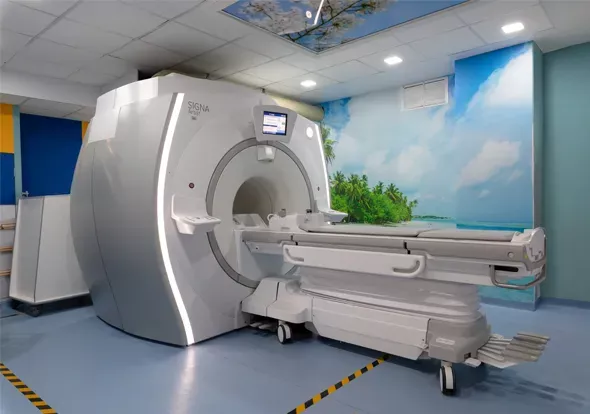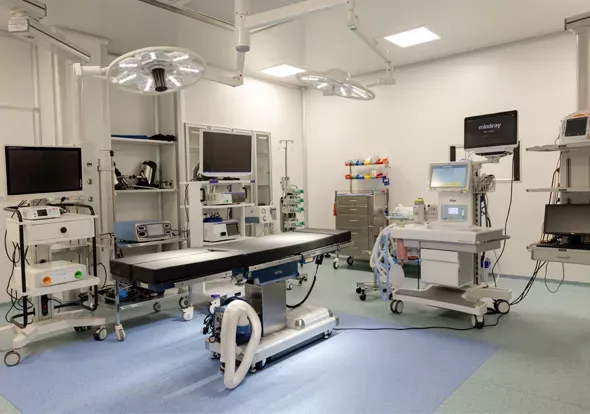Overview
Aster Whitefield Hospital is a leader in advanced treatment, addressing a variety of conditions that impact the spine. Our skilled team has over 70 years of combined experience and has secured a prominent position in the area, achieving patient results that align with international standards of excellence. Our multidisciplinary team includes highly trained surgeons, enabling us to utilize the most advanced diagnostic and treatment technologies to deliver outstanding care.
We provide an extensive range of treatment options for numerous conditions, such as degenerative spine disorders, spinal cord tumors, spinal cord injuries, and more. Each patient is given individualized care that is carefully tailored to meet their unique requirements, ensuring the best possible outcomes.
We are renowned for highly skilled and experienced surgeons, the latest advancements in medical technology for accurate diagnosis and effective treatment and a diverse selection of treatment options for various disorders.
At Aster Whitefield Hospital, we provide holistic and integrated healthcare. Our team works closely with other medical professionals to guarantee that every patient receives thorough, multidisciplinary treatment. For individuals in search of premier surgical services in India, Aster Whitefield Hospital is an outstanding option, combining cutting-edge medical knowledge with a strong focus on patient-centered care.
We focus on diagnosing and managing a variety of congenital spine disorders, ensuring optimal outcomes for our patients. Below, we present a concise overview of these conditions and the advanced therapies we provide.
Congenital hydrocephalus is a condition marked by an excess accumulation of cerebrospinal fluid (CSF). This disruption in the balance of CSF production and absorption can result in injury and physical complications, often indicated by an unusually large head size at birth or during the initial months of life. Treatment methods include endoscopic third ventriculostomy (ETV), a minimally invasive technique that establishes an alternative pathway for CSF drainage, or the insertion of a ventriculo-peritoneal shunt.
Arachnoid cysts are fluid-filled sacs that can form in the spinal area. The treatment for this condition involves cyst fenestration, which can be performed through endoscopic or open surgical methods. This process creates an opening in the cyst wall, allowing cerebrospinal fluid (CSF) to flow normally and relieving pressure. At Aster Whitefield Hospital, we offer extensive and compassionate care for children facing congenital conditions of the spine. Our expert team utilizes the most advanced surgical techniques to achieve optimal outcomes for our patients.
Spinal injuries can occur due to fractures in the cervical, thoracic, or lumbar regions of the spine, sometimes involving damage to the spinal cord. We at Aster Whitefield Hospital are committed to providing high-quality, precise care. Our facility offers a comprehensive range of services to diagnose and treat various conditions affecting the spine. Our team consists of highly skilled specialists utilizing advanced technology to achieve the best possible results for each patient.
Back pain is a common issue caused by various factors, including mechanical problems like muscle strain and poor posture, as well as specific medical conditions like herniated discs and osteoporosis. If pain persists or is severe, medical evaluation is necessary to rule out serious underlying issues.
Lumbar canal stenosis is characterized by the narrowing of the spinal canal in the lower back, leading to nerve compression and associated discomfort. At Aster Whitefield Hospital, we focus on non-surgical treatments whenever possible to relieve pain, improve mobility, and prevent further narrowing. We place a high priority on patient safety, particularly for elderly individuals often affected by this condition. Our comprehensive pre-anesthetic assessments, ensure personalized care tailored to each patient.
Scoliosis is a spinal condition defined by an abnormal lateral curvature of the spine, commonly identified in childhood or adolescence. While it mainly affects the coronal plane, it can also impact the sagittal and axial planes. The causes of scoliosis can be categorized as idiopathic or congenital disorders.
The most recognizable symptom of scoliosis is a noticeable curve in the spine. Individuals may also have uneven shoulders, a pronounced rib cage, and in more severe cases, experience limited mobility and discomfort.
Split cord malformations are characterized by the spinal cord being divided into two sections. Our surgical intervention entails separating the divided cord, excising the bone or fibrous tissue responsible for the separation, and reconstructing the dura mater to avoid tethering.
Spinal tumors are abnormal growths within the spine, either originating from spinal structures (primary tumors) or spreading from other body areas (secondary or metastatic tumors).
Symptoms experienced by patients with spinal tumors may include chronic back or neck pain, significant weight loss, difficulty walking, numbness, limb weakness, urinary issues, and pain that becomes more severe at night, with variation depending on the tumor's type and location. Intradural-extramedullary tumors are typically treated with surgical removal, while intramedullary tumors may require a combination of surgery and possibly radiation or chemotherapy. Surgical resection is essential for spinal dermoids, epidermoids, and sacrococcygeal teratomas to reduce the risk of recurrence.
Spinal fractures are serious injuries where the vertebrae are damaged due to high-impact events like car accidents, falls, or sports injuries. Unlike fractures in other limbs, spinal fractures may affect the spinal cord, leading to severe disabilities such as quadriplegia or paraplegia depending on the injury's location. Symptoms often include intense pain during movement, and in severe cases weakness below the neck or waist. The ASIA impairment grading system is an important tool for assessing the degree of weakness and guiding treatment options.
At Aster Whitefield Hospital, we provide premium care for slipped discs, also known as herniated discs. Our spine specialists work with you to devise the most appropriate treatment strategy, considering factors such as the location and severity of your herniated disc, your overall health, and your activity level.
Lumbar spondylolisthesis occurs when one vertebra slips over another due to abnormalities in the spine's bones, ligaments, discs, or joints. The spine is designed for both stability and movement, allowing specific motion types only. This slippage can result from various causes, including degeneration, developmental issues, trauma, or specific bony defects.
Symptoms of lumbar spondylolisthesis can vary based on the underlying pathology but commonly include back pain, challenges with standing or bending forward, leg pain (sciatica), difficulties walking (claudication), numbness, and weakness in the legs and feet.
Kyphosis is characterized by an exaggerated forward curvature of the upper back, often resulting from developmental issues, degenerative diseases, or congenital anomalies. Symptoms can include a visible hump on the back, back pain, stiffness, and in more severe cases, breathing difficulties due to the curvature affecting lung function.
Microdiscectomy is a minimally invasive surgery specifically targeting herniated or bulging discs. The surgeon carefully removes the portion of the disc that is pressing on a nerve root, along with any bone spurs or ligaments contributing to the compression. The goal is to relieve pain, numbness, and weakness in the legs caused by the compressed nerve.
Lumbar decompression encompasses procedures aimed at creating more space within the spinal canal to relieve pressure on the spinal nerves. This can be achieved by removing small portions of bone (lamina, pedicles), ligaments (ligamentum flavum), or a combination of both. Decompression is often used to treat spinal stenosis, a narrowing of the spinal canal.
This is a specific type of lumbar decompression surgery. The lamina is the bony arch at the back of each vertebra that forms the roof of the spinal canal. A laminectomy involves removing part or all of the lamina to widen the spinal canal and create more space for the spinal nerves, thereby relieving pressure.
Minimally Invasive Surgery emphasizes the use of techniques that involve smaller incisions compared to traditional open surgery. MIS often utilizes specialized instruments, endoscopes, and imaging guidance to perform the necessary procedures with less disruption to muscles and soft tissues.
Endoscopic Discectomy is an even less invasive approach to discectomy. It utilizes an endoscope, a thin tube with a camera and surgical instruments attached. The surgeon makes a very small incision and guides the endoscope to the herniated disc, allowing for precise removal of the problematic disc material while minimizing damage to surrounding tissues.
Lumbar Fusion is recommended when spinal instability is present along with spinal stenosis (narrowing). Spinal instability means there is abnormal or excessive movement between vertebrae, which can contribute to pain and nerve compression. Lumbar fusion involves permanently joining two or more vertebrae together using bone grafts and sometimes hardware (screws, rods, plates). This eliminates motion between the fused vertebrae, providing greater stability and reducing pain. It is often performed after a decompression procedure to ensure adequate space for the nerves. Minimally invasive techniques are preferred for lumbar fusion to reduce recovery time and complications.
Spinal fusion permanently joining two or more vertebrae. While lumbar fusion specifically refers to the lower back, spinal fusion can be performed in other areas of the spine (cervical or thoracic). It is indicated when there is instability, pain, or deformity in the spine. Similar to lumbar fusion, bone grafts and often hardware are used to create a solid bony bridge between the vertebrae.
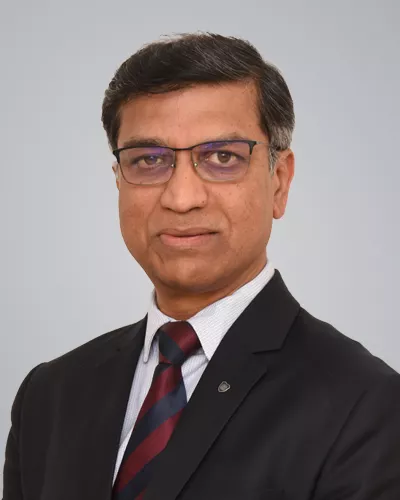

Blogs
